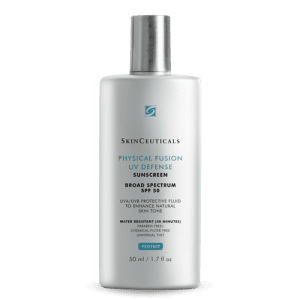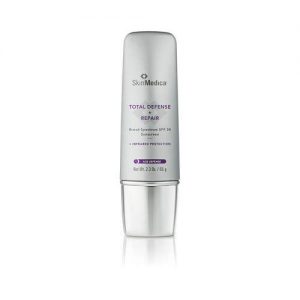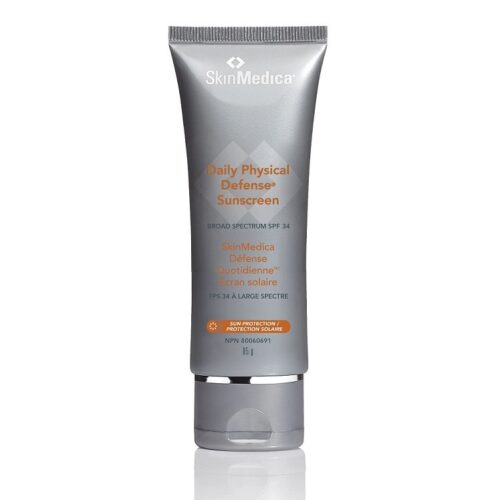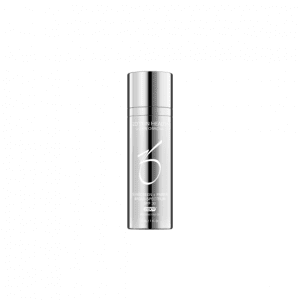The Toronto Dermatology Centre is one of the premiere places in Canada to manage your skin. Our staff of outstanding Toronto dermatologists and estheticians can offer both a comprehensive assessment and diagnosis of your skin, and also discuss all the sun damage prevention options including: sunscreen & sunblock selection, discussion of clothing/hat/sunglasses choices, and other behaviours and factors that influence the development of sun damage.
A single overexposure to sunlight can result in painful, red, sunburned skin. A bad burn when young can have serious consequences such as skin cancer later in life – see the amazing “Dear 16 year-old me” video about skin cancer. Long-term overexposure can cause skin cancer, wrinkles, freckles, age spots, dilated blood vessels, and changes in the texture of the skin that make skin look older.
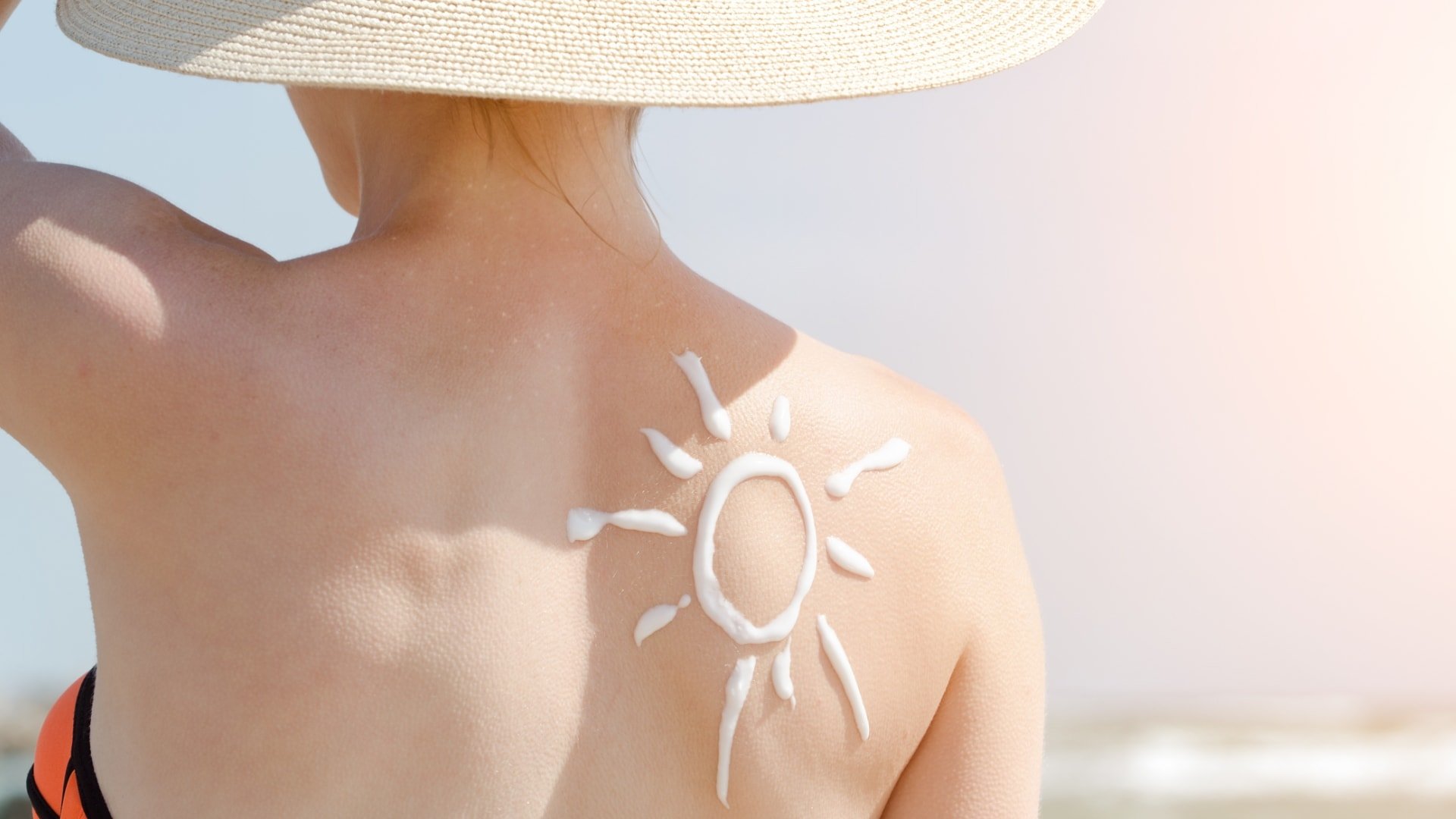
Sun protection at any age is important to prevent the short-term as well as long-term damaging effects of sunlight. Sunscreen plays a major part and should be used in conjunction with other sun-safety measures for optimal sun protection.
Did you know 30 minutes in a tanning bed (UVA light exposure) is equivalent in skin damage to a day at the beach?
UVA light goes deep in the skin, and contributes to photoaging, causing wrinkling, brown spots, leathery skin, and skin cancer. Going to a tanning bed is like smoking a cigarette – they both can lead to cancer.
Is there such a thing as a “healthy tan”?
No, not really. The less sun you get the better. There are no studies to tell us if a “base tan” that prevents you from a more significant sunburn is more helpful or not. It probably depends on how much sun you get overall. A little color prior to a Hawaiian vacation might be somewhat protective, but it is still damaging. Try to avoid/minimize mid-day (10am-4pm) sun when possible.
Sunscreens – How They Work
Sunscreens work by absorbing, reflecting, or scattering the sun’s rays on the skin. They are available in many forms, including ointments, creams, gels, lotions, sprays, and wax sticks. All are labeled with SPF numbers. The higher the SPF, the greater the protection from sunburn caused mostly by UVB rays, but this does not increase the length of time for sun exposure. Broad-spectrum sunscreens protect against both UVA and UVB rays. They do a better job of protecting skin from other effects of the sun including photo/sun damage, photodermatitis, and rashes from the sun.
Types of Sunscreens
Sunscreens that block UVB rays are composed of some or all of the following chemicals: padimate O, homosalate, octyl methoxycinnamate, benzophenone, octyl salicylate, phenylbenzimidazole sulfonic acid, and octocrylene. Broad-spectrum sunscreens add oxybenzone or avobenzone (Parsol 1789) to block UVA rays. Mexoryl is a chemical that blocks UVA; its broad-spectrum characteristics allow sunscreens to be made with high SPF factors. Physical sunscreens/blocks or chemical-free sunscreens contain titanium dioxide and/or zinc oxide, which reflect UVA and UVB and are especially useful for people with sensitive skin (e.g. rosacea) or allergic to chemical sunscreens. Our dermatologists and medical estheticians can guide you on the best sunscreens & sunblocks for your skin type and needs.
Proper Use of Sunscreen
Sunscreen should be applied 15-20min before going outdoors, although physical sunblock can be applied immediately before going outdoors. Even water-resistant sunscreens should be reapplied often, about every two hours or after swimming, drying off or perspiring. Sunscreen should be applied generously and evenly so as not to miss any areas of sun-exposed skin. It should be kept out of the eyes, and UV light-blocking sunglasses should be worn.
How much sunscreen and what SPF is needed?
Sunscreens with SPF of 30 and up should be used. Use a half teaspoon each on the face and neck, each arm, and 1 teaspoon on each leg, back, and chest/stomach.
Chemical vs. chemical-free sunscreen?
Chemical sunscreens absorb UV energy when it hits the skin. Examples include octyl methoxycinnamate, octyl salicylate, oxybenzone & avobenzone (Parsol 1789). Chemical free sunscreens block, reflect, or scatter UV energy; these include zinc oxide and titanium dioxide. Many sunscreens will include both types of ingredients. If sunscreen makes your eyes sting, make sure you use a purely chemical free product on your face. Chemical free products generally require more rubbing to get them to disappear, so apply in front of a mirror! If you think you may be allergic to sunscreens, then use only sunblocks that contain zinc oxide or titanium dioxide rather than a sunscreen. Your dermatologist can make specific recommendations for you. Note that there is absolutely no quality scientific data to suggest that sunscreen/sunblock is dangerous or increases the risk of skin cancer, in fact the exact opposite is true and has been shown repeatedly with high quality scientific research.
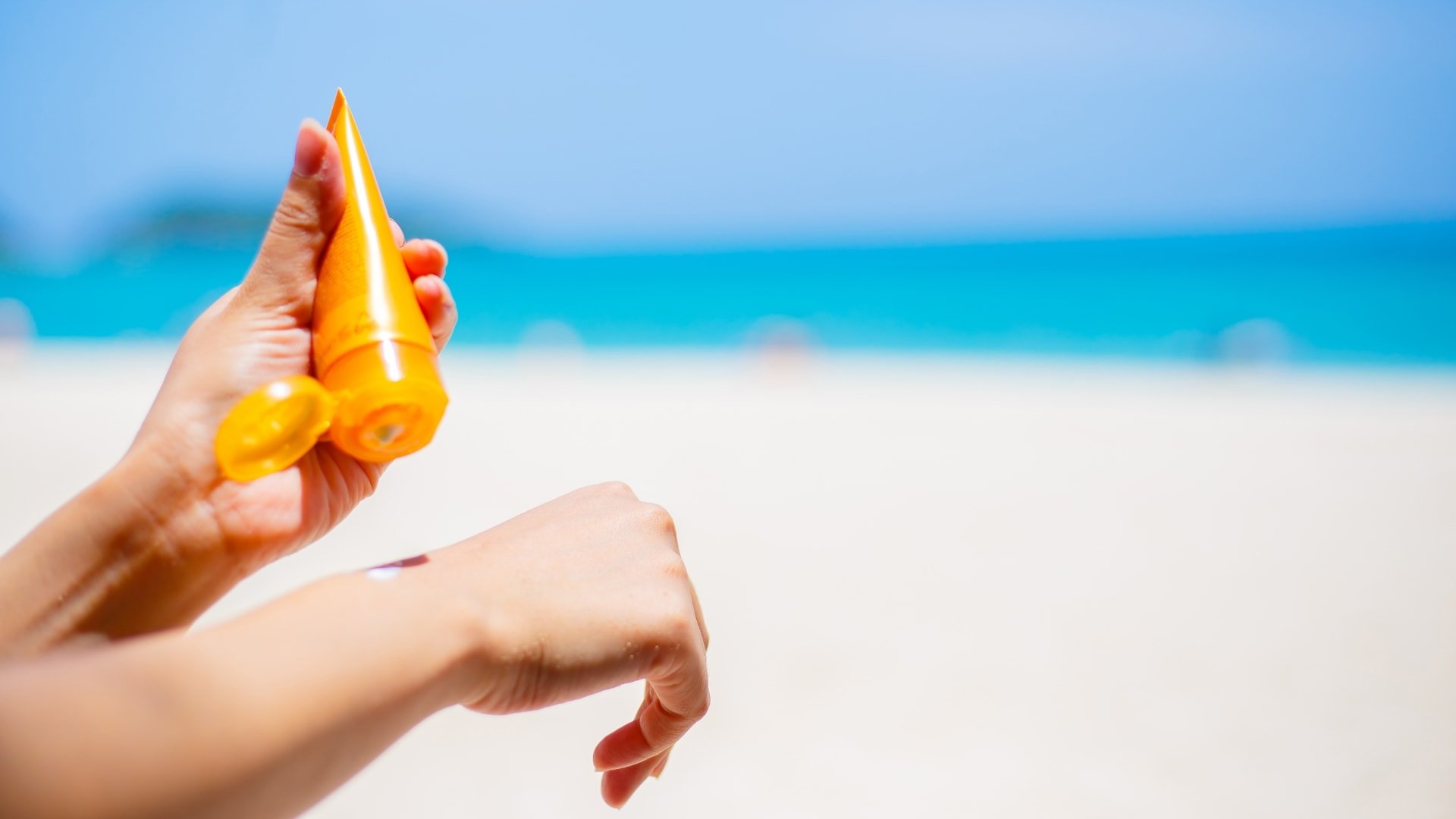
What’s the difference between UVA and UVB rays?
Both UVA and UVB rays contribute to skin cancer!
UVB: These rays cause sunburn. They are strongest in summer, and from 10am to 4pm. Most sunscreens and sunblocks of SPF 30 or higher protect well against sunburn. UVB burning rays cannot penetrate window-glass.
UVA: These rays cause premature aging and wrinkling! Unlike UVB, UVA rays are strong all day long, all year long. SPF tells nothing about UVA protection. UVA rays do penetrate glass, so they shine on you while you’re in a car or inside your house near a window.
My Sunscreen says “Sweatproof, waterproof, all day 8 hour protection”; do I need to reapply it?
Yes! Reapply every 2 hours or so and after swimming or vigorous activity. Apply sunscreen ½ hour before and after sun exposure. These two quick applications allow for a better coat of sunscreen, and less chance of missing spots. Now go on out and SLIP, SLAP, SLOP: Slip on a shirt, Slap on a hat, and Slop on a generous amount of sunscreen!
Tips for Sun Protection
Sun exposure is the most preventable risk factor in the development of skin cancer. You can have fun in the sun and Be Sun Smart. Here’s how to do it:
- Generously apply sunscreen to all exposed skin. The sunscreen should have an SPF of at least 30 and be broad-spectrum. Re-apply every two hours, even on cloudy days, and after swimming or perspiring.
- Wear protective clothing such as a long-sleeved shirt, pants, a wide-brimmed hat and sunglasses, when possible.
- Seek shade when appropriate, remembering that the sun’s rays are strongest between 10 a.m. and 4 p.m.
- Use extra caution near water, snow, and sand as they reflect the damaging rays of the sun, which can increase your chance of sunburn.
- Protect children from sun exposure by applying sunscreen.
- Get vitamin D safely through a healthy diet that includes vitamin supplements; In Canada, the general recommendation is that every adult should take 1,000IU of Vitamin D daily. Do not seek the sun
- Avoid tanning beds. UV light from the sun and tanning beds causes skin cancer and wrinkling. If you want to look like you have been in the sun, consider using a self-tanning product that does not expose you to UV light. Continue to use sunscreen daily.
- Check your birthday suit on your birthday. If you notice anything on your skin that is changing, growing, or bleeding, see a dermatologist. Skin cancer is very treatable when caught early.
Self-Tanners
Self-tanning lotions and sprays are a safe alternative to tanning. They contain dihydroxyacetone that interacts with proteins in the skin to produce an orange/tan color that does not wash off. However, the color of self-tanners only has an SPF of 4. This is not enough protection; therefore, sunscreen with a SPF of at least 30 must be used and reapplied every two hours.
Additional Information About Sun Protection
The greatest sun damage occurs between 10 a.m. and 4 p.m. when the sun’s rays are strongest. Even on cloudy days, when it does not feel hot, or when under trees, sunscreen and other sun-protective measures should be used because sunburn and sun damage to the skin can occur.
Beach umbrellas and other kinds of shade are a good idea, but they do not provide full protection. UV rays can still bounce off sand, water, and porch decks; sunscreen usage is a must. Remember, UV rays are invisible.
Most clothing absorbs or reflects UV rays, but lighter colored and loose-knit fabrics as well as wet clothes that cling to your skin do not offer much protection. The tighter the weave, the more sun protection the clothing offers.
Artificial UV light from tanning beds causes the same types of problems, photodamage, and cancers that natural sunlight can cause. Check out this terrific Public Service Announcement from the Canadian Dermatology Association about tanning bed usage.
Sun protection also is important in the winter. Snow reflects up to 80 percent of the sun’s rays, causing sunburn and damage to uncovered skin. Winter sports in the mountains increase the risk of sun damage because there is less atmosphere to block the sun’s rays.
Here is a selection of media articles quoting our renowned dermatologists Dr. Benjamin Barankin and Dr. Anatoli Freiman as they pertain to sun protection.
Toronto Dermatology Centre is located in Toronto, Ontario, and serves men and women in North York, Vaughan, Richmond Hill, York, Aurora, Thornhill, Mississauga, Scarborough, Brampton, Etobicoke, Pickering, Peterborough, Guelph, Kitchener, Oakville, Barrie and all of Greater Toronto (GTA).
Thinking of visiting Toronto’s premier skin clinic soon?
Fill out the inquiry form below and let us know your area of interest.
Call us today @ 416.633.0001

